Service hotline
+86 0755-23615795
Release date:2025-07-25Author source:KinghelmViews:40
Introduction to Bluetooth antenna and ceramic antenna in consumer electronics
For Procurement and Engineering teams working in the fast-paced world of consumer electronics, selecting the right Bluetooth antenna or ceramic antenna can determine the success of a product’s connectivity. As devices shrink, performance expectations rise, and global supply chains evolve, understanding the **pros and cons** of each option becomes more critical than ever.
This article offers a rigorous, SEO-focused examination of the differences, supported by industry insights and real-world application data. Our aim is to help teams make well-informed decisions that balance design, cost, and technical requirements.
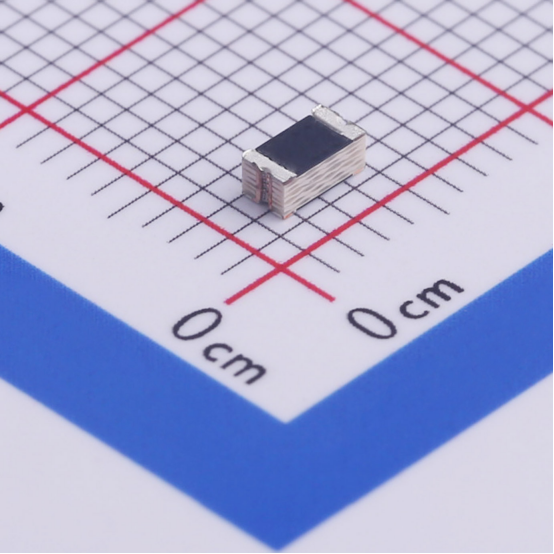
A Bluetooth antenna typically refers to a component optimized for short-range wireless communication, operating within the 2.4 GHz ISM band. It comes in various forms, including PCB trace antennas, FPC (Flexible Printed Circuit) antennas, and external dipole antennas. These solutions deliver flexible integration and are popular across smartphones, wearable devices, and smart home products.
A ceramic antenna is a compact, high-dielectric constant antenna that uses ceramic material to achieve effective performance in small spaces. Thanks to its robust mechanical properties, it is often used in devices where durability and limited space are critical factors, such as IoT modules, GPS trackers, and compact consumer gadgets.
Both technologies have unique strengths and limitations. Procurement teams and engineers need to weigh these carefully during product development.
Choosing between a Bluetooth antenna and a ceramic antenna depends largely on the product’s form factor, cost target, and use case.
Each technology serves unique market segments, and Procurement and Engineering teams should evaluate based on reliability, cost, and lifecycle needs.
Operating environments play a key role in antenna selection. The **ceramic antenna**’s resilience to temperature variations makes it ideal for outdoor devices or industrial settings. Conversely, the Bluetooth antenna can provide better performance in consumer devices where space and cost dictate design choices. Factors like humidity, interference, and housing material can also affect the final choice.
For successful implementation of a Bluetooth antenna or a ceramic antenna, follow these best practices:
Consider total cost, including assembly and supply chain stability
In summary, selecting between a Bluetooth antenna and a ceramic antenna depends on balancing size, cost, mechanical constraints, and target application. Procurement and Engineering teams in consumer electronics must collaborate closely to evaluate these trade-offs. Staying updated with new technologies and supplier capabilities will ensure better long-term performance and lower design risk.
By applying this structured approach, teams can deliver products that combine quality, performance, and cost-effectiveness in today’s competitive markets.

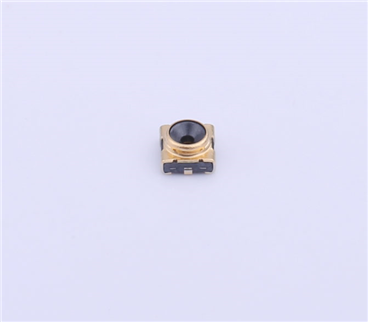
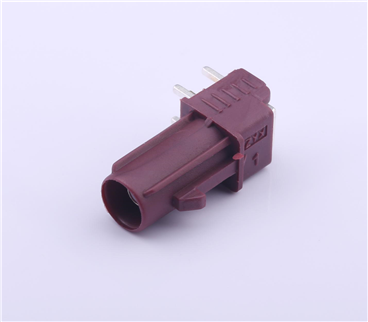
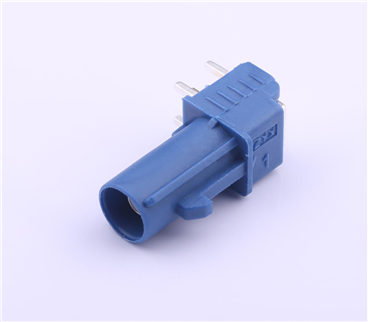
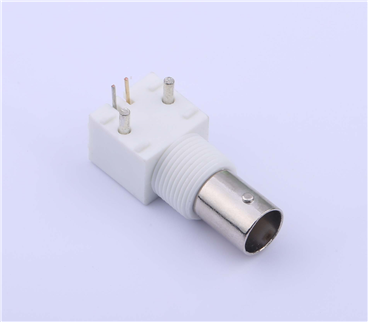
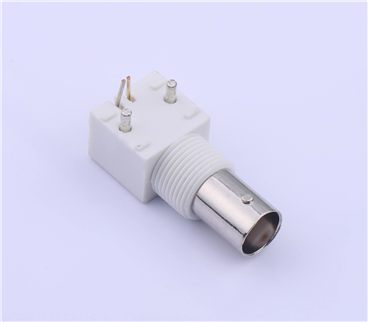
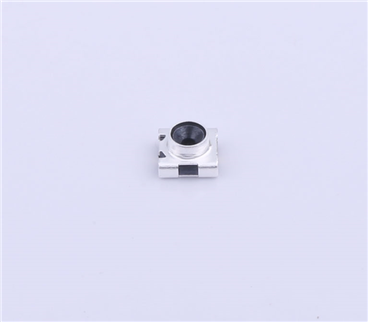

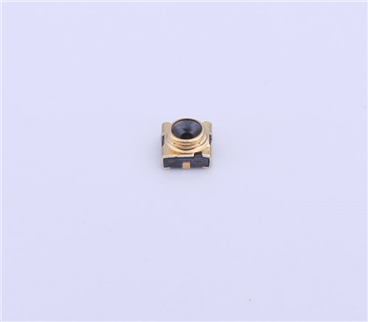
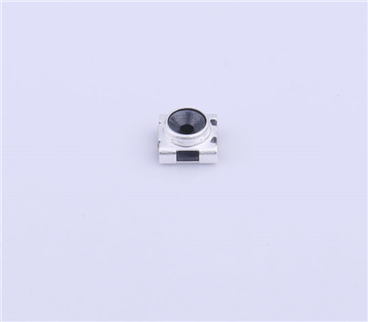
Copyright © Shenzhen Kinghelm Electronics Co., Ltd. all rights reservedYue ICP Bei No. 17113853